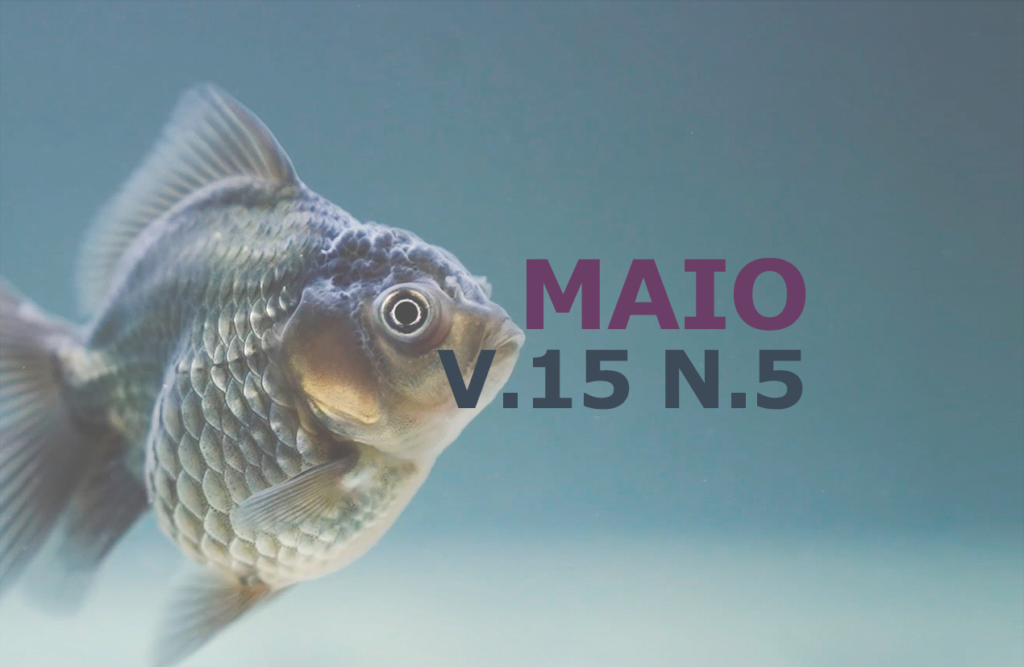Detection of intestinal parasites in lettuces (Lactuca sativa) commercialized in a free fair in Santana do Ipanema, Alagoas
DOI:
https://doi.org/10.31533/pubvet.v15n05a810.1-7Keywords:
Helminthiasis, protozoa, intestinal parasitosis, vegetablesAbstract
Intestinal parasites constitute a major public health problem, as they can cause morbidities that impair the quality of life of the affected population. Their transmission occurs through the ingestion of food or water contaminated with parasitic agents, such as vegetables that are consumed in natura. Therefore, the objective of this study was to analyze the presence of intestinal parasites in lettuce (Lactuca sativa) commercialized in the free fair of Santana do Ipanema, Alagoas. In 2014 and 2015, 60 samples of lettuce were randomly selected at the city. These samples were submitted to the method of Spontaneous Sedimentation with modifications. In total, of the 60 samples collected between 2014 and 2015, 55.0% had some parasite structure. Among the positive, helminths were present in 87.9% of the samples. Strongyloides stercoralis, a soil transmitted-helminth, was the most prevalent parasite among the positive samples with 75.0% in 2014 and 83.3% in 2015, secondly for hookworms with 41.7% in 2014 and 16.7% in 2015. These data demonstrate the epidemiological importance of this vegetable as a fomite for transmission of various parasitic and pathological agents. It emphasizes the need for attention from local health surveillance on the hygienic and sanitary standard of these environments and the way these vegetables are arranged, in addition to the need to provide knowledge to the population about the purchase, choice and preparation most appropriate for consumption of these vegetables.
Downloads
Published
Issue
Section
License
Copyright (c) 2021 Maria de Fátima da Silva, Tatyane Martins Cirilo, Dharliton Soares Gomes, Israel Gomes de Amorim Santos

This work is licensed under a Creative Commons Attribution 4.0 International License.
Você tem o direito de:
Compartilhar — copiar e redistribuir o material em qualquer suporte ou formato
Adaptar — remixar, transformar, e criar a partir do material para qualquer fim, mesmo que comercial.
O licenciante não pode revogar estes direitos desde que você respeite os termos da licença. De acordo com os termos seguintes:
Atribuição
— Você deve dar o crédito apropriado, prover um link para a licença e indicar se mudanças foram feitas. Você deve fazê-lo em qualquer circunstância razoável, mas de nenhuma maneira que sugira que o licenciante apoia você ou o seu uso. Sem restrições adicionais
— Você não pode aplicar termos jurídicos ou medidas de caráter tecnológico que restrinjam legalmente outros de fazerem algo que a licença permita.





